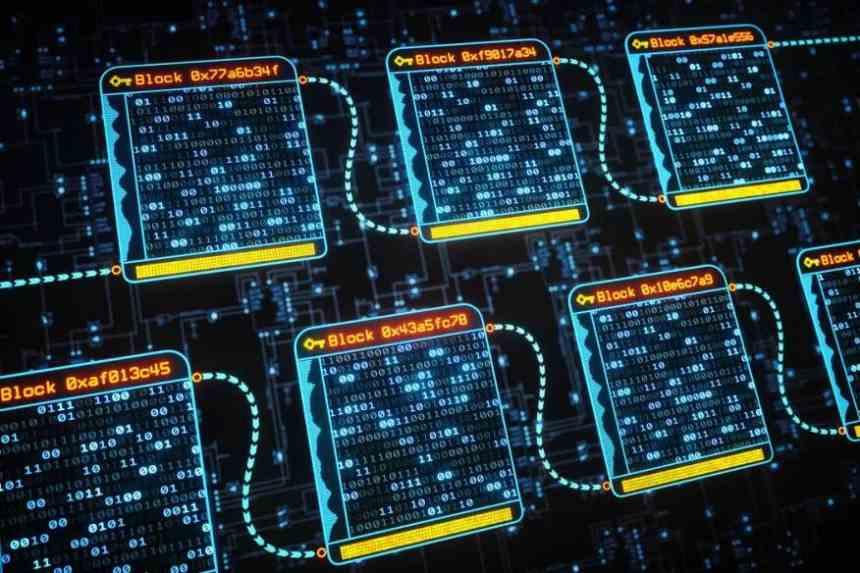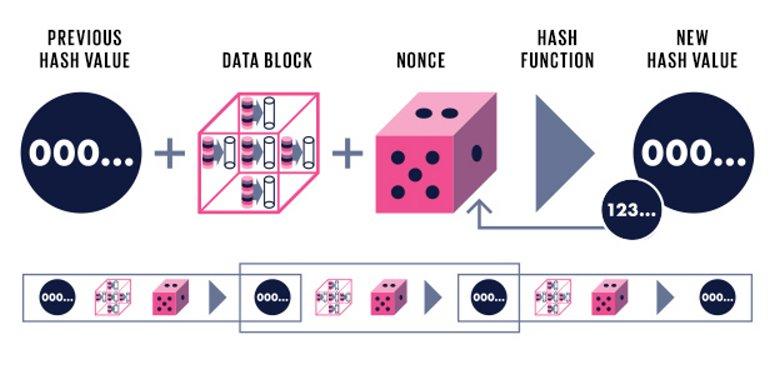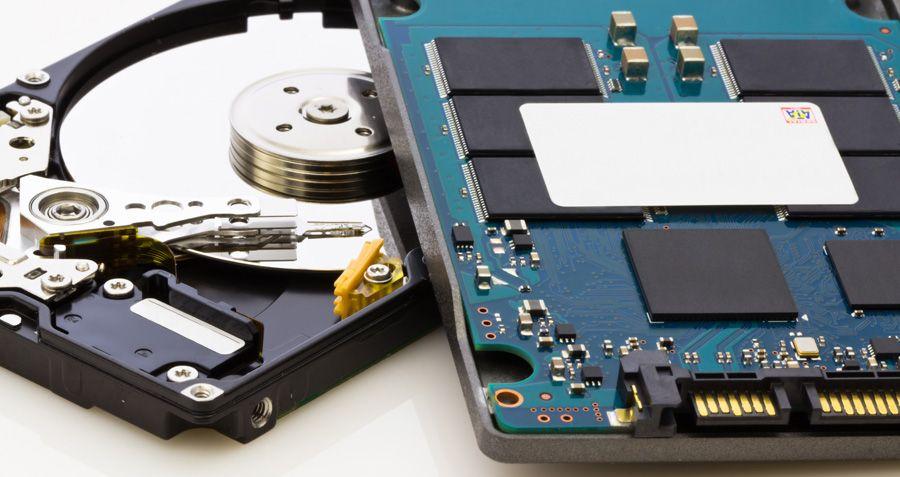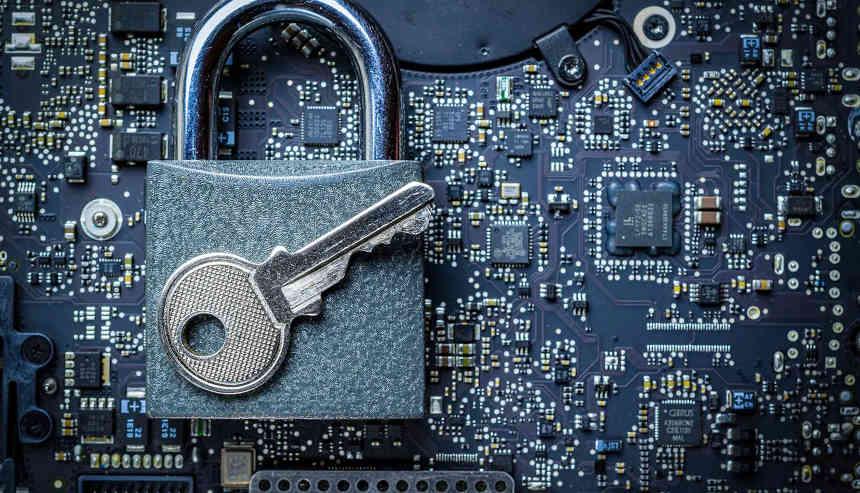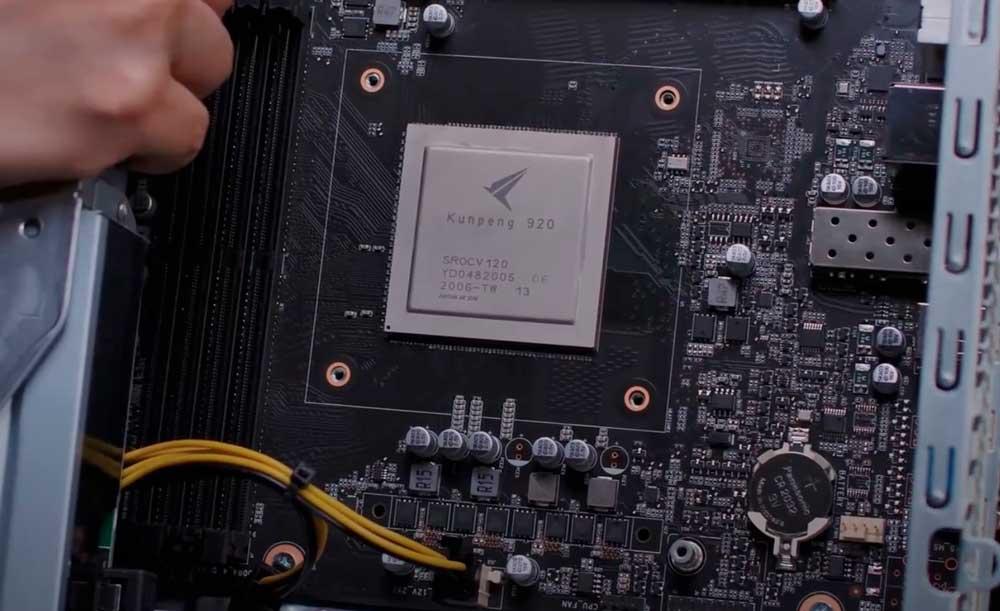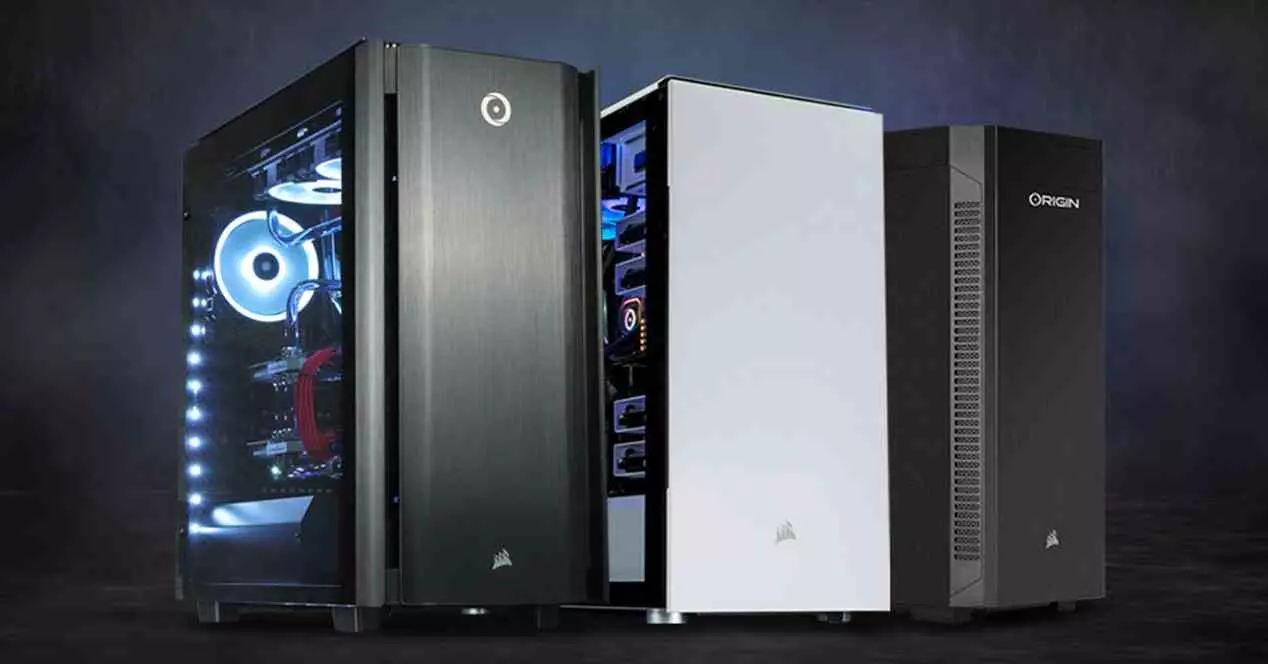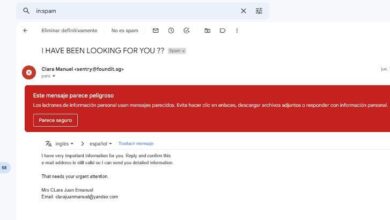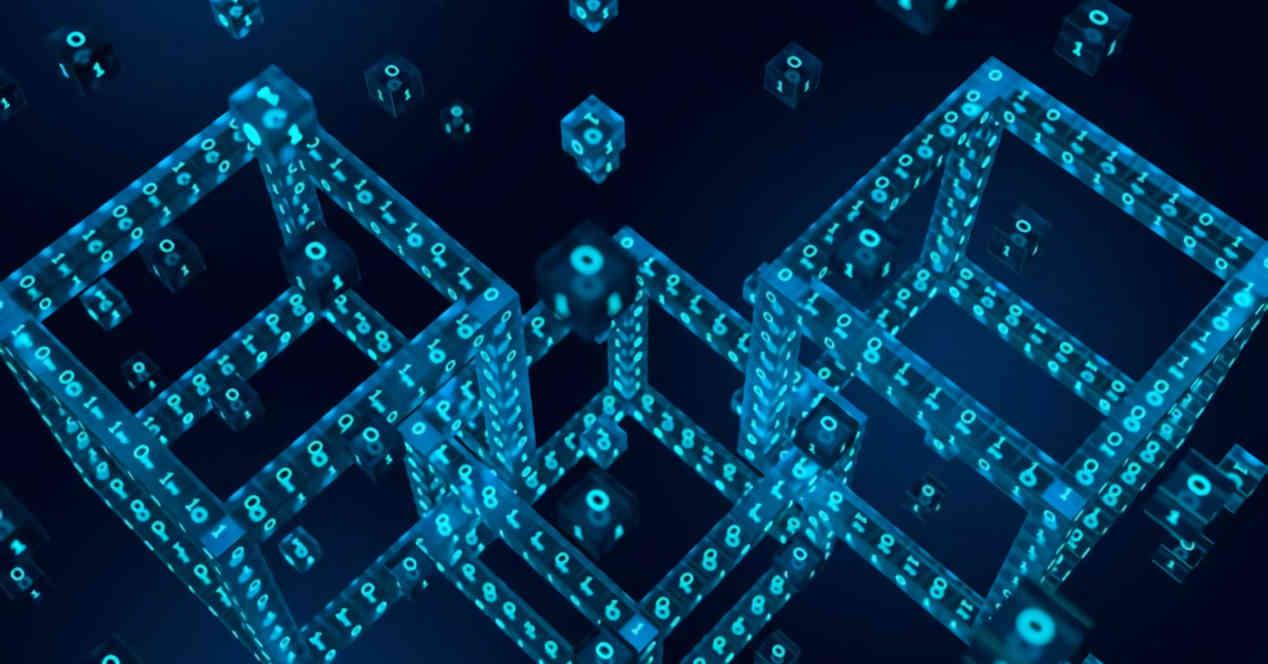
At all hours we do not stop seeing news that tells us about the Blockchain as a basis for new solutions. Which, from the hardware perspective, should give us the same at first glance due to the fact that it is a rather well-received concept from the world of software. However, this opens up the opportunity for hardware changes when it comes to dealing with the blockchain. We tell you how the use of the Blockchain is affecting the development of hardware in the short, medium and long term.
What is the Blockchain?
The Blockchain or chain of blocks is what we call in computing a data structure. So it is a way to organize a group of data in an orderly way. As its name indicates, the Blockchain is a series of chained blocks, for this we use three variables to define what each block is:
- A hash, key or fingerprint, which is a unique code for each of the blocks. When a block is generated in the blockchain, this code is generated only once and can never be changed.
- The data included in each of the blocks of the blockchain inside. In the case of a cryptocurrency, the block can store the information of a transaction between two people. The data inside a block will cause the hash, key, or fingerprint to change completely, so it will literally become a new block.
- The key of the previous block in the chain. This means that if we modify a block in a part of the chain, then the next block in the chain will no longer point to anything, because we will have changed the hash and therefore all subsequent blocks will be completely invalidated.
How do you keep your information complete?
The current problem is that the processors are fast enough to be able to adapt all the hashes in the chain and make the data valid. That is why what is called a “proof-of-work” is required. This is nothing more than a timeout to validate the block of several minutes. So if you want to modify a block at the beginning of the chain then you will have to modify the rest of the blocks that make up the Blockchain and that go after the modified block.
The other way in which the Blockchain ensures the integrity of your data is through being distributed among its different users. In which each user who makes use of a chain of blocks has an updated copy. Which must be kept consistent with the blockchain of other users.
For this, a peer to peer or P2P network is created in which anyone can join and be part of it. In which when a new user of the Blockchain enters this distributed network he receives an entire copy of the chain of blocks so far and when someone adds a new block then it is immediately added to the rest of the participants. In such a way that if a user makes a change offline then their blockchain will cease to be valid and will be updated with the information of the rest of the users of the network.
Hardware dedicated to the Blockchain
The first type of hardware dedicated to the blockchain is the most obvious of all and it is nothing other than the wallets that we use to store the transactions of our cryptocurrencies. And yes, you guessed it, what the so-called cryptowallets do is store the blockchain of our cryptocurrency.
Now, if we think about it, the Blockchain becomes a way to store any type of information in a secure way that by its nature avoids any type of change. Of course, the problem is the so-called proof-of-work. Isn’t it true that we mentioned earlier that adding a new block to the chain generated its hash from a calculation? Well, the system that manages to decipher said key before is the one that becomes the holder of the block that contains said key.
For this, an algorithm is used to generate the new key, but this algorithm can be accelerated in different ways. Depending on the hardware used, the speed when generating the same key varies and it can be said that there are types of hardware that are much more efficient than others when generating said key. Which can be seen in the world of cryptocurrencies where not all types of hardware have the same value for mining.
How does it apply to storage?
Another application of the Blockchain has to do with the integrity of the data in the storage systems used in our PCs. So far we have stored the data in blocks or memory pages that have a correlation with the sectors of a hard disk . The emergence of solid state drives allow new ways to organize information and the blockchain is a good way to do it safely and maintain data.
Accessing the data using a key is something that is part of the NVMe 2.0 standard, but it has nothing to do with the Blockchain, since it does not use the data integrity verification mechanisms of the same. In addition, the use of the Blockchain to store data means that none of the previously existing data can be modified, since any modification cancels the subsequent blocks.
Ideally, in this case, each new program or file created ends up generating a new chain of blocks. In the case of installing the programs, it would be as simple as downloading a chain of base blocks that corresponds to the essential files of the application. This allows you to check the integrity of the program. But at the same time it allows developers to fight piracy. Since any crack applied to a program is a change in its blockchain.
Hence, the blockchain is so important, due to the fact that in the future with the content stored using a key and not a virtual memory address, this makes it possible for virtual application stores to become much more secure for the distribution of data. Applications.
SmartNICs are important for the Blockchain
The problem of the previous approach? The fact that we are going to need hardware that is in charge of verifying the content of the new blocks in the chain. This will be done by SmartNICs, which will be an integral part of the CPUs of the future. Not only to manage transactions within the PC, but also to check the different blockchains of the programs. Any application will ask us to always be connected in order to make sure that its chain of blocks corresponds to that of the rest of the users and that of the base server.
The idea that the different components of a PC communicate with each other as if it were a network allows P2P communication between the different participants of the same chain of blocks. So in the future most of the storage on our PC will be totally “shared” in the sense that each one will have the Blockchain of a specific application or document.
Anything that is shared with the Blockchain becomes unique, even the copies. This leads us to a future in which our PC will be able to search for any data just by knowing the password and regardless of where it is. In a totally transparent way and with the assurance that the information received is adequate. In other words, we move to the Internet of Everything, where everything will be interconnected.
